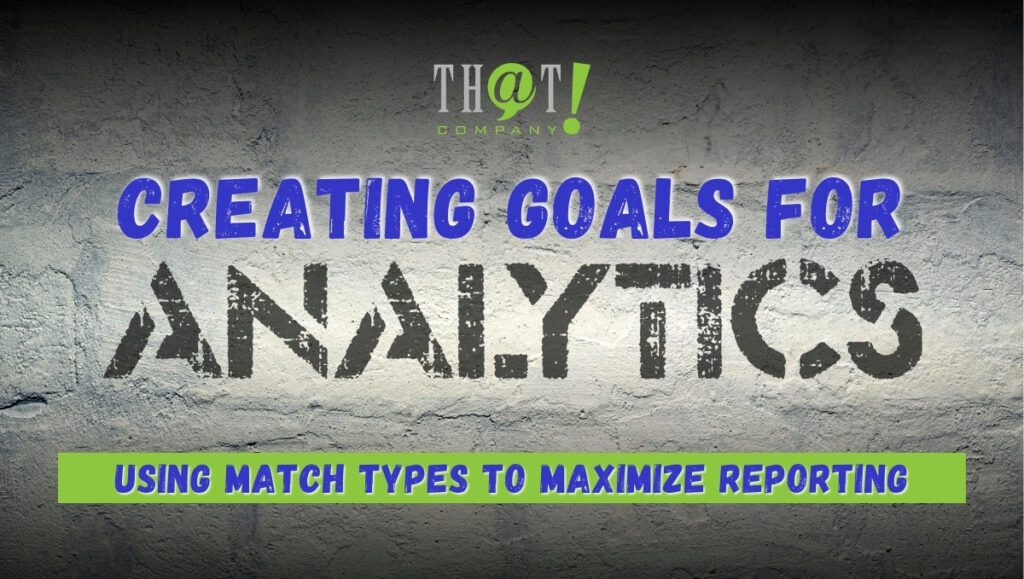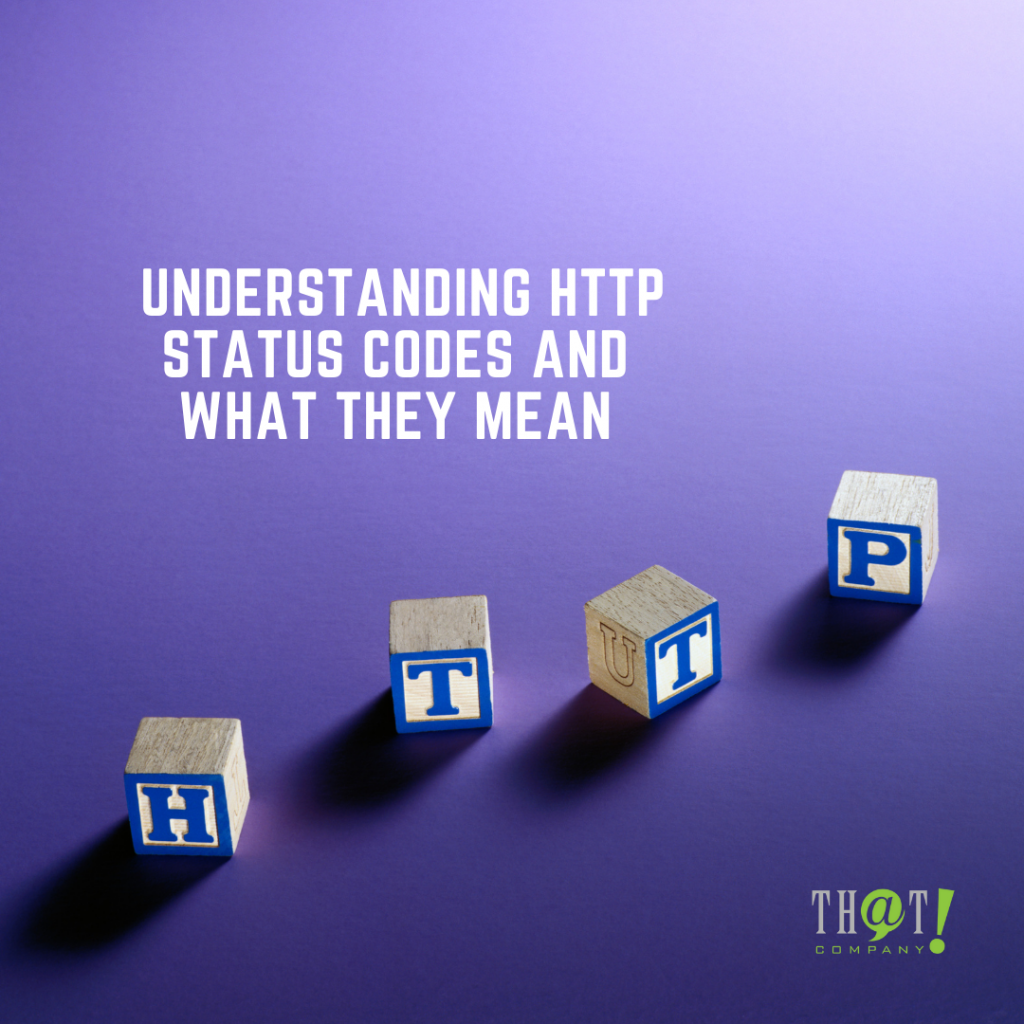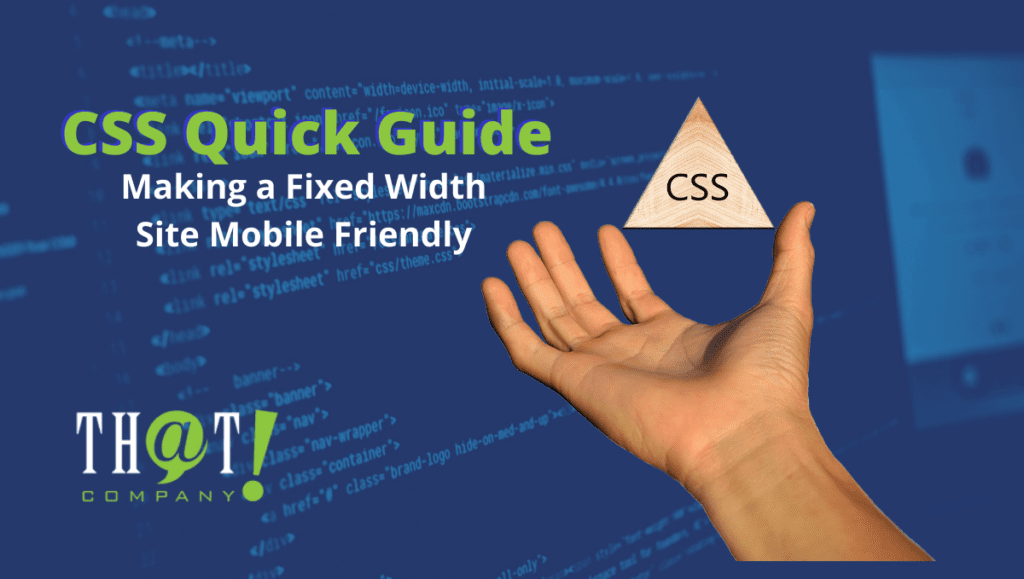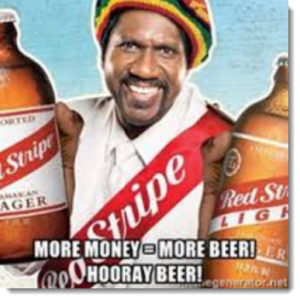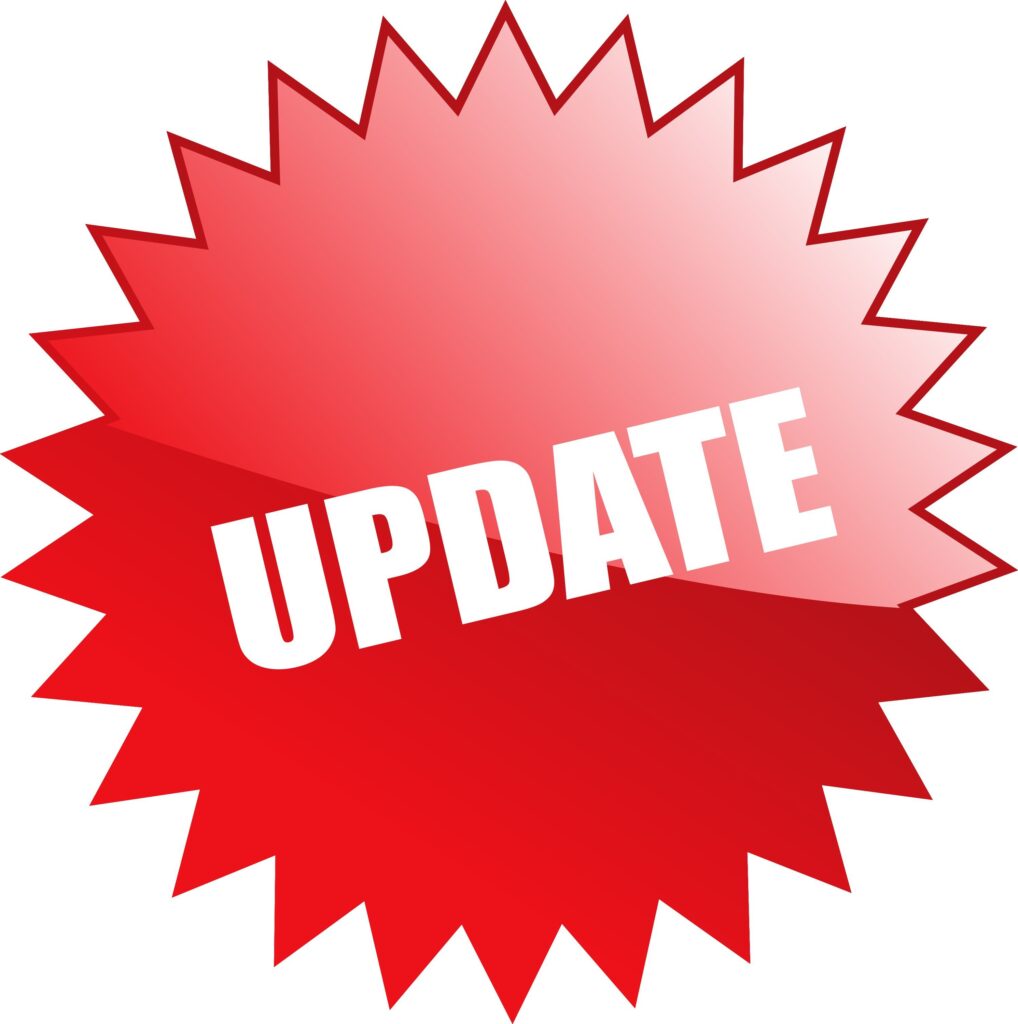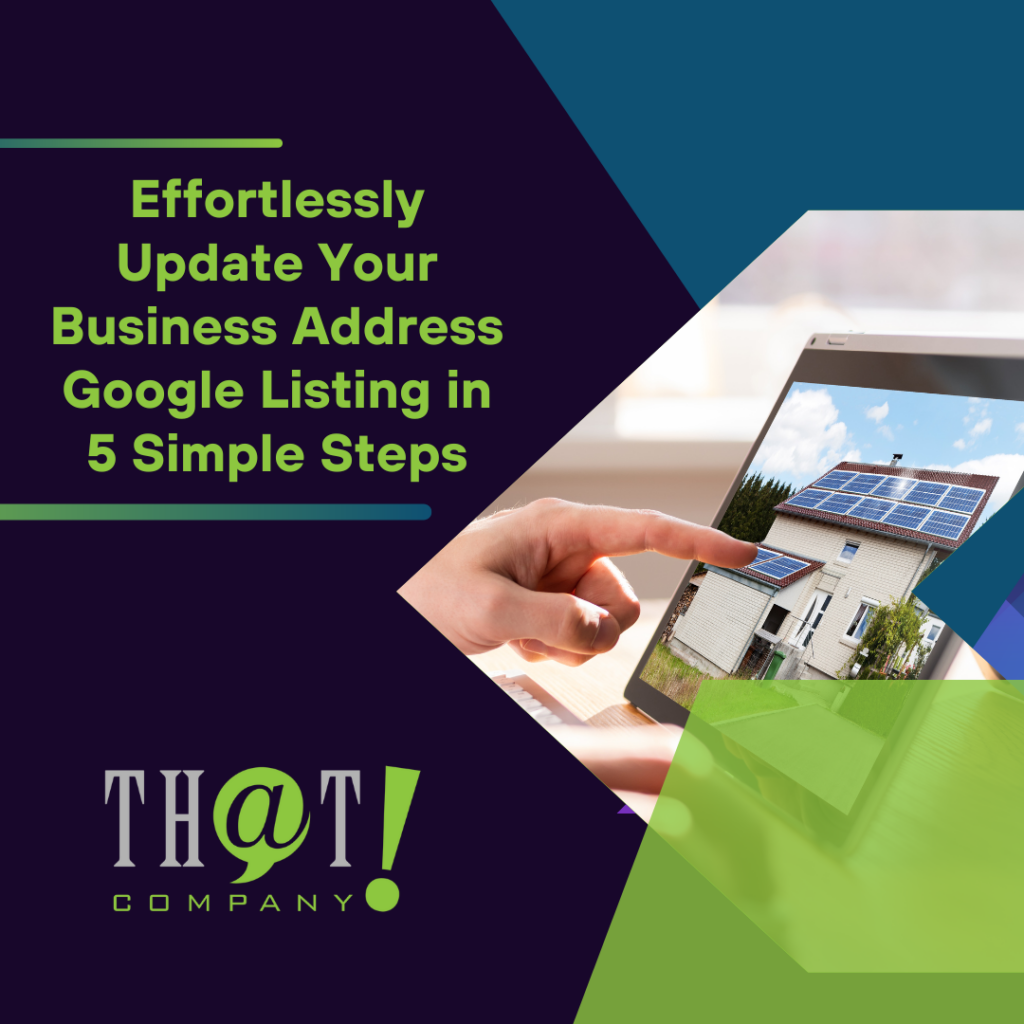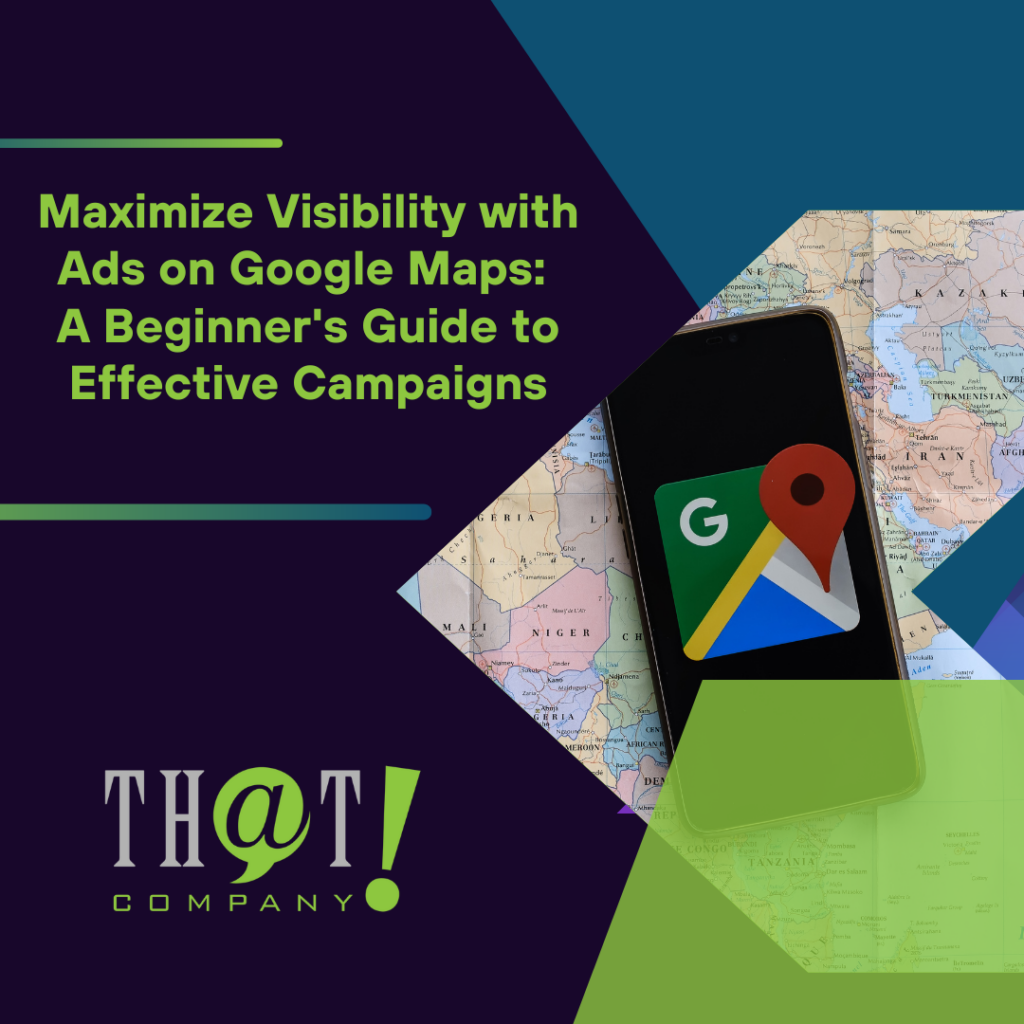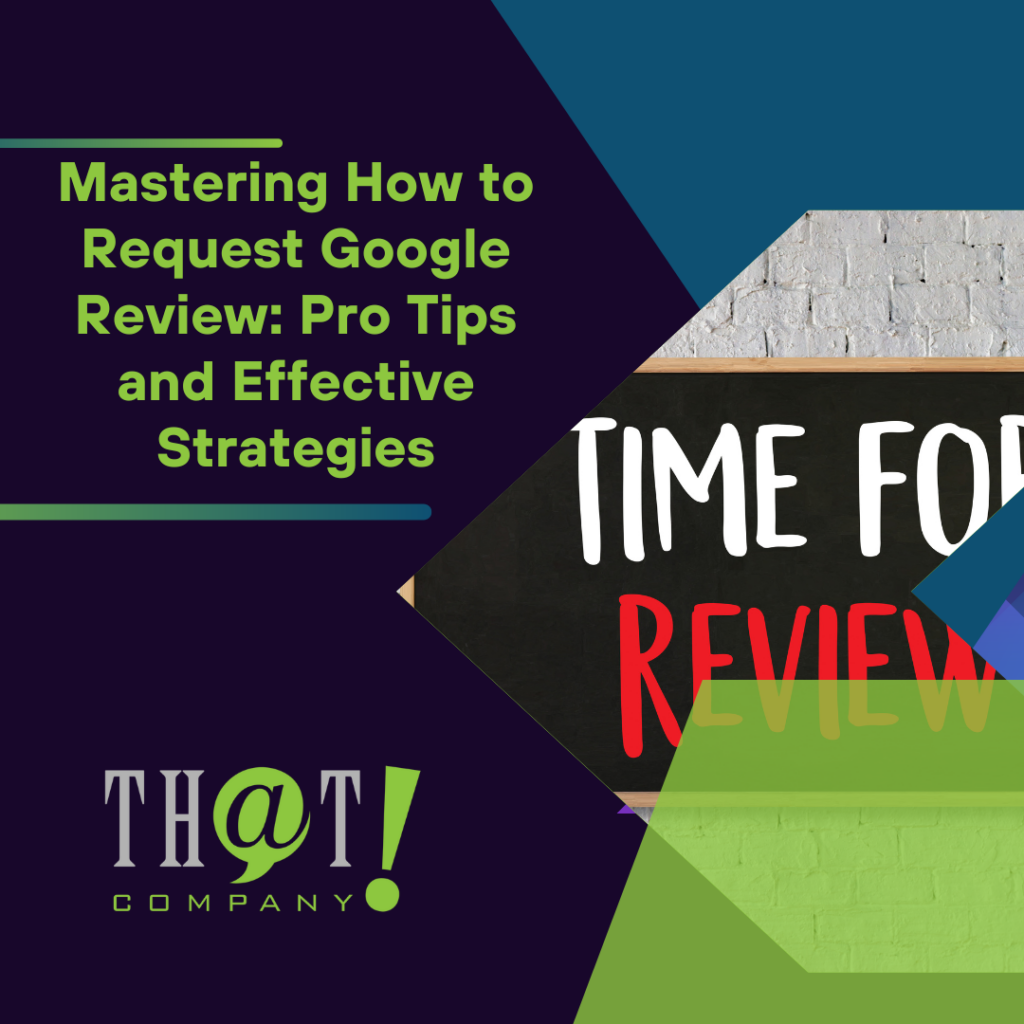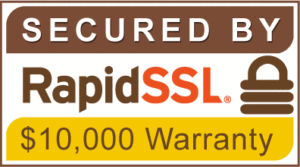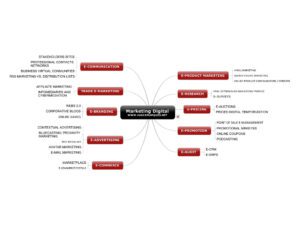
The conversion path is the sequence of pages visited and links clicked by a visitor to your website that leads to a successful transaction being completed. If you’re spending money to drive users to your site, you should also be making sure that those users are converting. This can be done by optimizing the entire path, from the keyword to the ad to the landing page, in a process I like to call Path Optimization. Path Optimization means that you are optimizing both your acquisition-driven SEM campaigns and conversion-driven landing pages, together. This covers a user’s entire path from the search engine through to the landing page conversion.
Website visitors follow many different paths before, eventually, a frustratingly small percentage will go on to become customers. These paths are hard to visualize, because they rarely represent linear journeys. Many visitors will visit a website several times before making a purchase, probably looping back and forth between pages in what seems, to the website designer at least, a totally illogical pattern.
The key to designing a successful conversion path begins with defining the expectations that you hope to fulfill. Don’t just be aware of the expectations you are setting pre-click; be decisive and blatant about the promises you make and have a plan in place to follow through.
5 ways to insure you are setting user expectations correctly:
We are a leader in helping agencies deliver Pay per click management services to their clients. Can we help you? Check out more about Our White Label PPC Services to learn more about what we can do to help your agency today.
- Message match
Is your ad copy reflected in your landing page headline or sub-headline? Write a headline that reinforces the user’s decision to click into your path. - Branding alignment
Does the color scheme of the page match the banner ad upstream? Insure the user doesn’t have to second-guess if they’re in the right place. - Be honest
Are you getting clicks with tricky link text or deceiving images? The quality of the click is more important than the click itself. - Uncover the details
Is your page cluttered with extra navigation and unintentional bailout links? Eliminate any elements that don’t support the next step in your path. - Outline what’s next
Is it obvious what the user is committing to do? Make clear what’s about to happen, “Get a quote in less than 10 minutes” or “Sign up now to start your free trial” or “3 easy steps to register”
Reference Articles about Conversion Path Optimization
Increase Your SEM ROI: Path Optimization & the Search Funnel | Adobe Digital Marketing Blog









